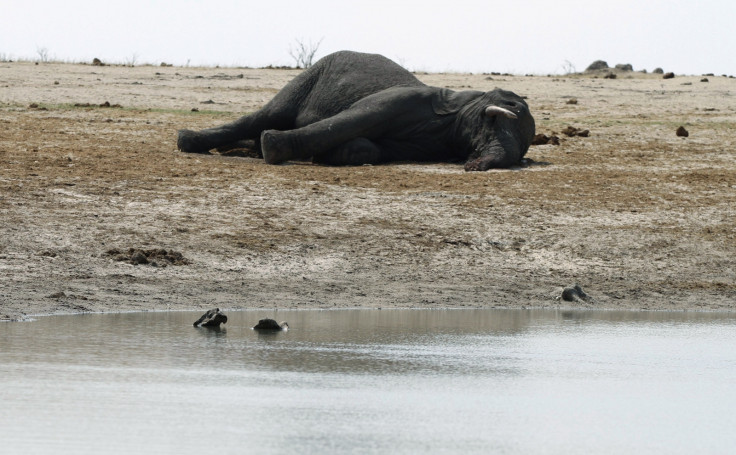Tanzania: Elephant poaching destroys great herds of Africa's savannah

Ivory poaching has seen the number of African elephants in Tanzania plummet from an estimated 109,051 in 2009 to 43,330 in 2014.
The catastrophic decline was reported by Tanzanian minister for Natural Resources and Tourism Lazaro Nyalandu who announced the latest estimates of elephant population in the country.
It confirms concerns raised by wildlife trade monitor Traffic in 2013 in a report from the Elephant Trade Information System (ETIS), pointing to a profound shift in ivory smuggling routes to Tanzania's Indian Ocean ports of Dar es Salaam and Zanzibar as the principle exit points for vast quantities of ivory.
"The government's figures show Tanzania lost tens of thousands of elephants over the past decade," said Steven Broad, Traffic's executive director. "It is incredible that poaching on such an industrial scale has not been identified and addressed before now," he added.
Seizure records with the organisation indicate that at least 45 tonnes has flowed from Tanzania to international markets in Asia than from any other African country since 2009.
Forensic analyses have confirmed that seizures made in Uganda and Kenya also involved ivory originating from Tanzania.
In a move to ensure protection, minister Nyalandu announced recruitment of an additional 500 rangers this year, better support for existing rangers and doubling of ranger numbers in the key elephant stronghold of Ruaha-Rungwa, and enhancing co-operation with neighbouring Zambia on anti-poaching measures.
But Traffic indicates that these measures are too little too late.
Data presented by Nyalandu also showed some smaller elephant populations had increased significantly, notably the elephant population in the famed Serengeti, which rose from 3,068 to 6,087.
However, beyond the most heavily visited northern circuit tourist locations, elephant numbers were significantly down.
Of particular concern is the Ruaha-Rungwa ecosystem, where numbers were down at an estimated 8,272 compared to 34,664 in 2009, government figures showed.
Elephant carcasses did not tally with the decline and wildlife officials were at a loss to explain the discrepancy.
Tanzania is already under pressure to address elephant poaching and illegal trade of ivory from its fellow members of the Convention on International Trade in Endangered Species of Wild Fauna and Flora (CITES).
"Tanzania has been haemorrhaging ivory with Ruaha-Rungwa the apparent epicentre and nobody seems to have raised the alarm; it is clearly essential that the government establish exactly how this has been allowed to take place, while taking urgent and incisive action to bring the situation under control," said Broad.
© Copyright IBTimes 2025. All rights reserved.





















